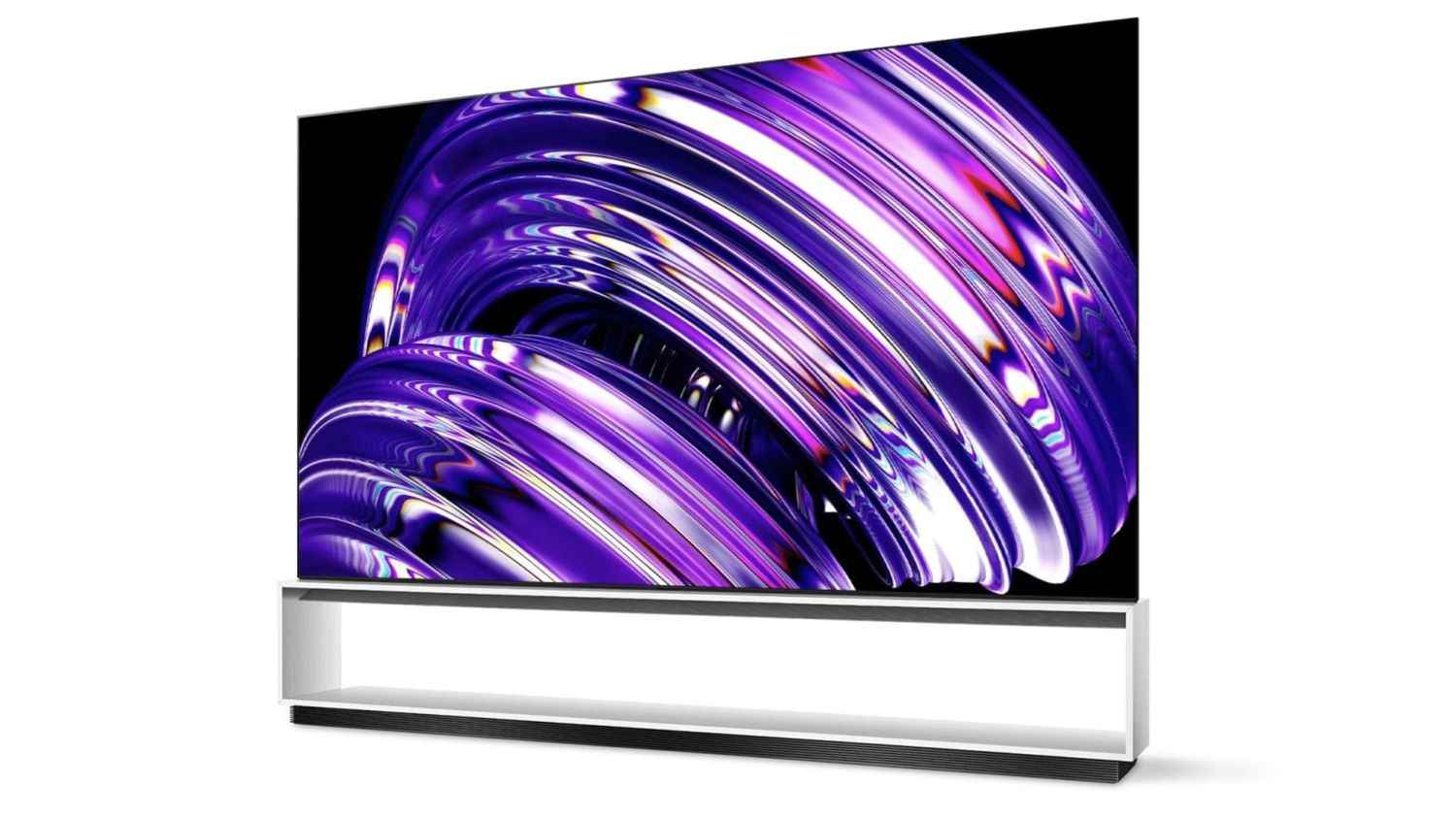8K is Ultra High Definition: “8K“ because nearly 8,000 pixels wide (7,680 pixels to be precise) by 4,320 pixels high, i.e. a little over 33 million pixels in total, to compare to the 8 million pixels – only – of a 4K screen. Who says 8K, says an image of unequaled precision and sharpness, but at the cost of these 33 million points to feed on the screen.
Who says more pixels says more processors and computing power required. And inevitably, 8K consumes more: twice as much on average as 4K. Until now, 8K screens were not affected by European standards on energy efficiency, but that could therefore change as of March 1, 2023 with, as a consequence, an outright ban, throughout the European Union. , of these much too greedy screens.
The potential new limits not to be exceeded are set by a European energy efficiency index (EEI) which establishes a maximum consumption in Watt, for each screen diagonal, and it does not matter now whether it is in 4K or 8K. For example, in the next version, 53 W per hour for a 42-inch TV, 84 W for a 55-inch screen and 178 W, the absolute upper limit, for an 88-inch, the largest size provided for in the scale. This would therefore be the new maximum authorized power. Beyond that, the sanction would therefore be a ban on marketing throughout the European Union.
From this index flow the ratings, from A to G that manufacturers are required to display: this rating appears on the famous energy label which also indicates the size of the screen diagonal (in centimeters and inches), the presence or not a switch to switch to an “Off” mode where the consumption is less than 0.01W, the power in Watts and the annual consumption. This index was already updated two years ago, with the consequence of penalizing most flat screens by giving them a G, the worst grade, but also of providing more information to European consumers, with a QR code to scan and the mention of the power consumption with the HDR mode activated.
With the new index on which the European Commission must decide before the end of the year, not only would the maximum consumption thresholds be even lower, but the 8K screens, already out of limits today, would no longer benefit from an exemption and would effectively find themselves banned from the European market.
LG indicates, for one of its 2022 88 “8K models, a consumption of 306 W in SDR, 495 W in HDR: we are very far from the maximum 178 W which could be imposed from March 1st. Similar observation at Samsung with a maximum consumption of 475 W (326 W on average), for one of its 2022 85 “QLED screens.
“If it passes, 8K, for us, it will be over.”
Marek Maciejewski, product development director at TCL Europeat flatpanelsHD
This threat of a ban in Europe would be very bad news for manufacturers. We’re talking about hundreds of millions of dollars in research and development already spent around 8K, just for one of them… However, having to draw a line under Europe could be fatal.
At the Chinese TCL, we say it clearly: “If it passes, 8K for us, it will be over“ according to Marek Maciejewski, the director of product development at European level, met by flatpanelsHD at IFA 2022, at the beginning of September in Berlin. Samsung talks about big efforts to be made, and admits that it will not be easy. On the other hand, LG has announced new 8K models for next March. “which will respect the new European regulations“. Let’s hope that the Korean will avoid the easy solution which would consist, in the factory, of limiting the brightness to the detriment of the quality of the image.
Finally, let’s have a thought for those who have already bought an 8K screen and are desperately waiting for 8K content: this threat of a ban will not help as the channels have found their happiness in 4K (8 million pixels) for the production and Full HD (2 million pixels) for broadcasting. Some will say that at these levels of definition (4K and 8K), progress is no longer really perceptible to our eyes. So, is it really worth it, if he consumes twice as much?
